A greater number of dentists may soon be ready to start using hard-tissue lasers in the preparation of teeth and reshaping of bone. The technology promises to be more precise, lead to more esthetic results and, hopefully, be more economical as well. Restoring the natural dentition has been one of the cornerstones of dentistry. Historically, GV Black was the first to use hand chisels to shape his design preparation for restorations.
A foot-pedaled drill with special burrs followed. Belt-driven handpieces with drilling apparatus came next, along with a high-pitched whirring sound. Although the belt helped the practical achievement, the irritating and annoying sound hurt the dentist’s ear and escalated patient fear and anxiety.
The high-speed handpiece helped ease strain on the practitioner’s hand and seemed to make things better for patients, but the whirring sound simply evoked a variation in the fear. Lasers have made remarkable strides to eliminate the annoying sounds, but initially the technology was limited primarily to soft-tissue work. Different power sources are utilized for different fields.
Today, hard-tissue lasers are becoming more accessible and practical. Recently, in an exhibitor booth at a major dental meeting, I was amazed by a laser system used for hard-tissue procedures. Early on, hard-tissue lasers used in dentistry would typically cause bone or dentin to become dried or desiccated and then crumble. Pulpal reactions were also reported. Use could result in patient discomfort and pain. Many practitioners avoided the technology.
Also with the early generations of the technology, some questionable claims were made about some hard-tissue achievements. I tried some of those earlier products and found the ones I used to be expensive and ineffective. Their pounding, pulsating, loud noises — along with streams of water — seemed to achieve little if anything for the patient. Application seemed limited to Class V restorations.
The disappointment of some these early products dulled many practitioners’ hope and expectations for the use of lasers with hard-tissue procedures. But things are far different now!
One example I recently learned about is Light Instruments’ LiteTouch Er:YAG laser system, which was launched in the U.S. last year by AMD Lasers. It is a water-cooled laser that enables clinicians to shape osseous structure as well as the tooth as desired, without causing pathology, while achieving desired goals.
Once the practitioner acquires the ability to use the tip’s apex rather than the side of the filament, as many are accustomed to do with a burr, the artistic abilities of the practitioner promise to soar with this technology’s possibilities.
I immediately see the possibilities with a restorative preparation. With this laser, the micro-groove caused by the burr on the cavo surface of the tooth will no longer be there. Then, perhaps, the micro-seepage of such a groove’s margins will no longer be present. This means the restorations shouldn’t leak or wear out at the restoration’s “margins-less” seepage, resulting in longer-lasting restorations and improved service for our patients.
The advantages of using a laser on hard tissue are enormous. To begin with, the laser is silent. The annoying and fear-provoking sounds of many high-speed, air-driven handpieces and the whirring, chilling noise of many belt-driven handpieces disappear.
Using a hard-tissue laser, the resulting margins of a tooth preparation in restorative dentistry are sharp and might prevent micro-leakage. The resulting longer-lasting restorations further justify the technology as economical and practical.
I encourage you to try one at a dental meeting where physical booths are present, and let me know if you agree that the future is now.
LAKE FOREST, Ill., US: BIOLASE, the globally recognised leader in dental laser technology, has launched its state-of-the-art all-tissue laser system, ...
NEW YORK, NY, USA/LEIPZIG, Germany: The US-based manufacturer AMD LASERS recently launched the Picasso Lite in dental markets worldwide. As a first in the ...
While dental lasers have been commercially available for several decades and their popularity among patients is unparalleled, the dental profession has ...
The science of implantology has continued to evolve through the years and is one of the fastest-growing segments in our profession. The focus of ...
DentaLaze is a cost-effective wireless diode laser with superior performance and a compact, ergonomic design.
ANAHEIM, CA, USA: AMD LASERS, the company that builds the world’s most affordable dental laser technology, announces the launch of the Picasso soft ...
AMD LASERS — a company based in Indianapolis, IN, USA, that manufactures laser therapy equipment for dentists that is easy to use and affordable ...
When I launched the Picasso soft-tissue laser, it was like a sonic boom. A small fighter jet is just a dot in the sky, but at supersonic speeds, it produces...
CHICAGO, IL, USA: For those dentists who have wanted to offer laser treatment to their patients but have held back because of the expense of the equipment, ...
As a recent article on this website points out, there are some safety issues with hand-held X-ray units made in China and Korea, as well as elsewhere ...
Live webinar
Wed. 14 January 2026
12:00 PM EST (New York)
Dr. Théo Laplane, Dr. Robert Gottlander DDS
Live webinar
Fri. 16 January 2026
12:00 PM EST (New York)
Live webinar
Mon. 19 January 2026
1:00 PM EST (New York)
Philipp Kopp, Michael Seeber
Live webinar
Thu. 22 January 2026
9:00 AM EST (New York)
Prof. Judith Jones D.D.S; M.P.H., Prof. Kakuhiro Fukai D.D.S., Ph.D, Dr. Bathsheba (Bethy) Turton
Live webinar
Thu. 22 January 2026
2:00 PM EST (New York)
Dr. Nicola M. Grande DDS, PhD
Live webinar
Wed. 28 January 2026
8:00 AM EST (New York)
Live webinar
Wed. 28 January 2026
11:00 AM EST (New York)
Prof. Dr. Jan-Frederik Güth



 Austria / Österreich
Austria / Österreich
 Bosnia and Herzegovina / Босна и Херцеговина
Bosnia and Herzegovina / Босна и Херцеговина
 Bulgaria / България
Bulgaria / България
 Croatia / Hrvatska
Croatia / Hrvatska
 Czech Republic & Slovakia / Česká republika & Slovensko
Czech Republic & Slovakia / Česká republika & Slovensko
 France / France
France / France
 Germany / Deutschland
Germany / Deutschland
 Greece / ΕΛΛΑΔΑ
Greece / ΕΛΛΑΔΑ
 Hungary / Hungary
Hungary / Hungary
 Italy / Italia
Italy / Italia
 Netherlands / Nederland
Netherlands / Nederland
 Nordic / Nordic
Nordic / Nordic
 Poland / Polska
Poland / Polska
 Portugal / Portugal
Portugal / Portugal
 Romania & Moldova / România & Moldova
Romania & Moldova / România & Moldova
 Slovenia / Slovenija
Slovenia / Slovenija
 Serbia & Montenegro / Србија и Црна Гора
Serbia & Montenegro / Србија и Црна Гора
 Spain / España
Spain / España
 Switzerland / Schweiz
Switzerland / Schweiz
 Turkey / Türkiye
Turkey / Türkiye
 UK & Ireland / UK & Ireland
UK & Ireland / UK & Ireland
 International / International
International / International
 Brazil / Brasil
Brazil / Brasil
 Canada / Canada
Canada / Canada
 Latin America / Latinoamérica
Latin America / Latinoamérica
 China / 中国
China / 中国
 India / भारत गणराज्य
India / भारत गणराज्य
 Pakistan / Pākistān
Pakistan / Pākistān
 Vietnam / Việt Nam
Vietnam / Việt Nam
 ASEAN / ASEAN
ASEAN / ASEAN
 Israel / מְדִינַת יִשְׂרָאֵל
Israel / מְדִינַת יִשְׂרָאֵל
 Algeria, Morocco & Tunisia / الجزائر والمغرب وتونس
Algeria, Morocco & Tunisia / الجزائر والمغرب وتونس
 Middle East / Middle East
Middle East / Middle East

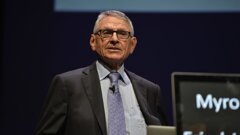




























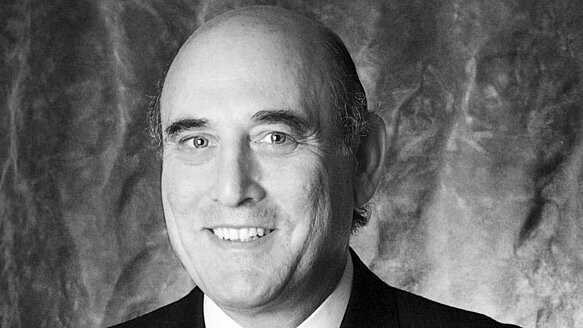



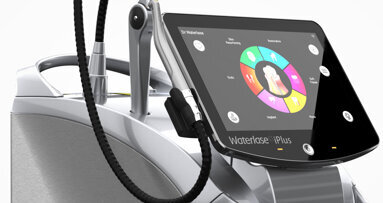
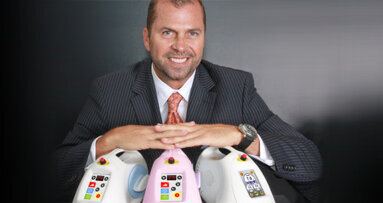
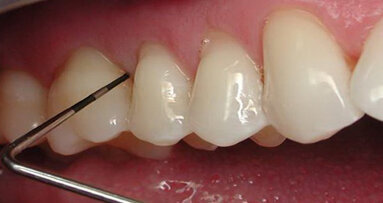
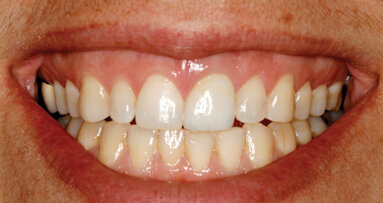
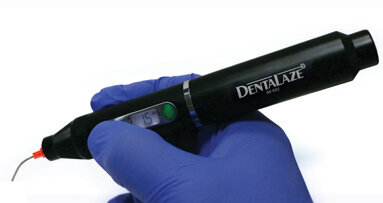
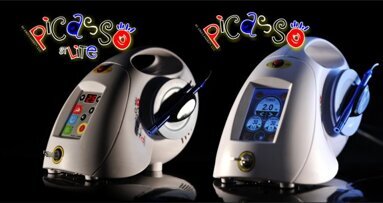
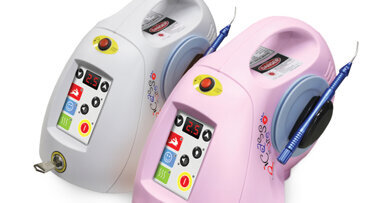
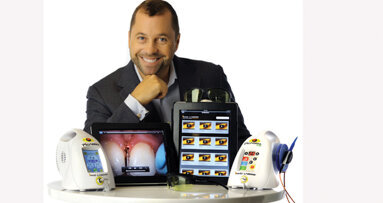
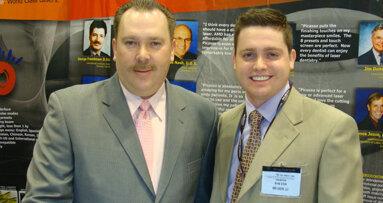
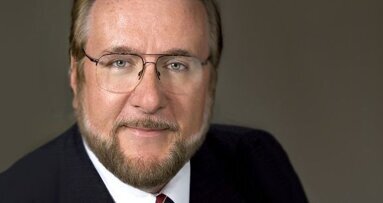







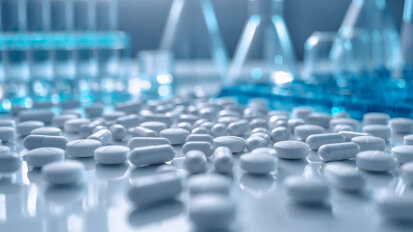









To post a reply please login or register